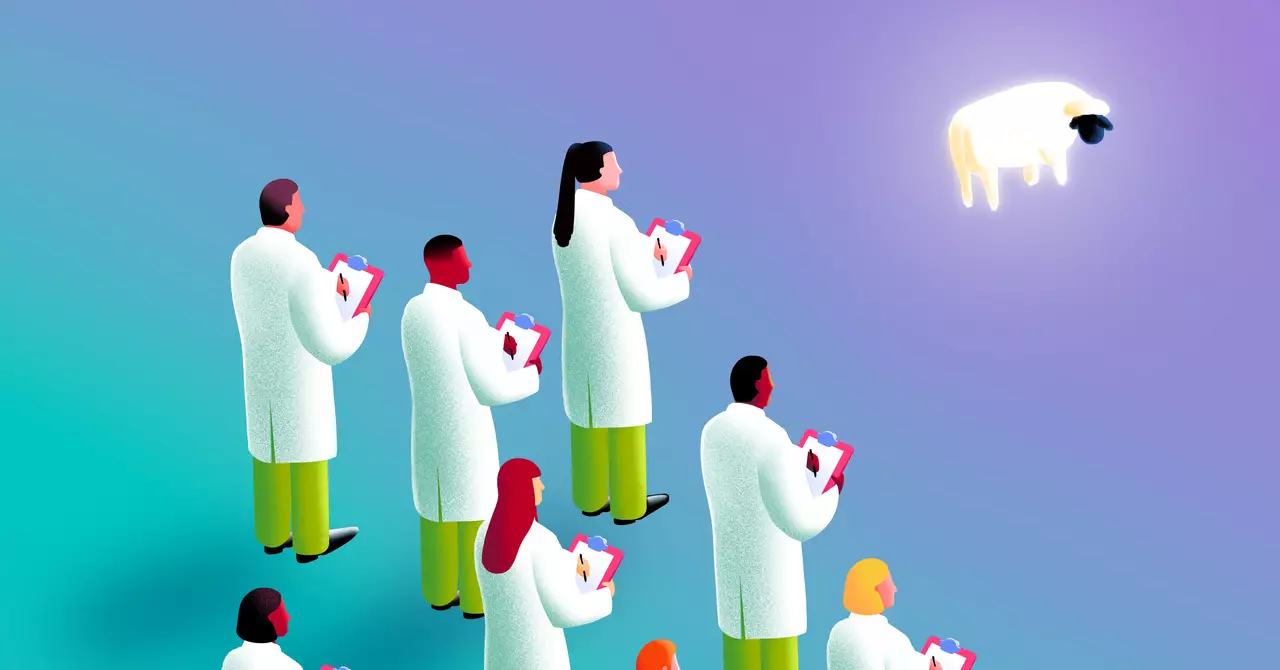As we delve deeper into 2025, the intersection of artificial intelligence (AI) and animal communication is poised to revolutionize our understanding of how animals interact with one another. For eons, humanity has been captivated by the question: what are animals truly saying to one another? Recent advancements in technology, particularly in machine learning and large language models (LLMs), are beginning to unlock this age-old mystery. With initiatives such as the prestigious Coller-Dolittle Prize offering substantial financial rewards to those who can decipher animal communication, the confidence in achieving breakthroughs in this field has never been higher.
The backbone of this progress lies in the power of machine learning algorithms tailored to analyze the sounds animals make. Organizations like Project Ceti have made strides in understanding the intricate vocalizations of species such as sperm whales and humpbacked whales. However, these endeavors come with considerable challenges. Unlike human language data, which is abundant and readily available, animal communication data has historically been sparse and poorly annotated.
For example, sophisticated models like GPT-3 were trained on over 500 gigabytes of text data sourced from the vastness of the internet. In stark contrast, Project Ceti’s recent work on sperm whale communication relied on a mere 8,000 distinct vocalizations. This disparity represents a significant hurdle for researchers attempting to decode the nuances and meanings behind animal sounds. Moreover, animals do not communicate with the same definitional clarity that humans do. The ambiguity surrounding whether a wolf howl signifies a specific message or emotion complicates the task of understanding animal communication further.
Nevertheless, the coming years signal a profound transformation in the availability of high-quality animal sound data. The advent of affordable recording technologies, such as the AudioMoth, enables researchers to collect vast quantities of animal vocalizations in a non-intrusive manner. These devices can record the sounds of diverse wildlife—from gibbon calls in dense jungles to bird songs in serene forests—around the clock. Such persistent recording capabilities manifest in unprecedented datasets, laying the groundwork for future discoveries.
Facilitating the analysis of these massive amounts of data are advanced computational techniques. Recent developments in automatic detection algorithms, especially those utilizing convolutional neural networks, stand out as invaluable tools. They allow researchers to process hours of recorded content efficiently, isolating distinct animal sounds and categorizing them based on their unique acoustic features. As these sophisticated analytical machine learning tools evolve, they will also enhance our ability to discern hidden patterns in vocal sequences that could correlate with meaningful structures found in human languages.
Yet, a pressing question remains: what are we aiming to achieve by deciphering animal sounds? Organizations such as Interspecies.io propose ambitious goals of transducing animal signals into intelligible human language. However, many scientists advocate for a more nuanced approach, suggesting that assuming non-human animals possess complex languages akin to our own might be misguided. Although animals undoubtedly convey messages to one another, these communications may not align with the structured languages that humans utilize.
The Coller-Dolittle Prize seeks a more deliberate undertaking—aiming to decipher, rather than translate, animal communications. This subtle distinction reflects the complexity of the issue; we simply do not know the extent or depth of meaning inherent in animal interactions. The goal of deciphering suggests a robust investigative approach that acknowledges the possibility that animals may operate on a fundamentally different communicative level than humans.
As we approach 2025, it’s evident that the integration of advanced AI tools with vast repositories of animal sound data has the potential to dramatically enhance our comprehension of interspecies communication. By systematically analyzing these newly accessible datasets through AI’s lens, we may uncover insights into the rich social and behavioral dynamics of various species. Such knowledge could pave the way for better conservation practices, improved animal welfare, and a deeper appreciation of the intricate web of life on Earth.
The coming years hold the promise of not just answering the perennial question of “what are animals saying to each other?” but also enriching our ethical and philosophical understanding of our place within the animal kingdom. The marriage of machine learning and animal communication exploration heralds a groundbreaking journey of discovery that could redefine the human-animal relationship in ways we have yet to imagine.


Leave a Reply